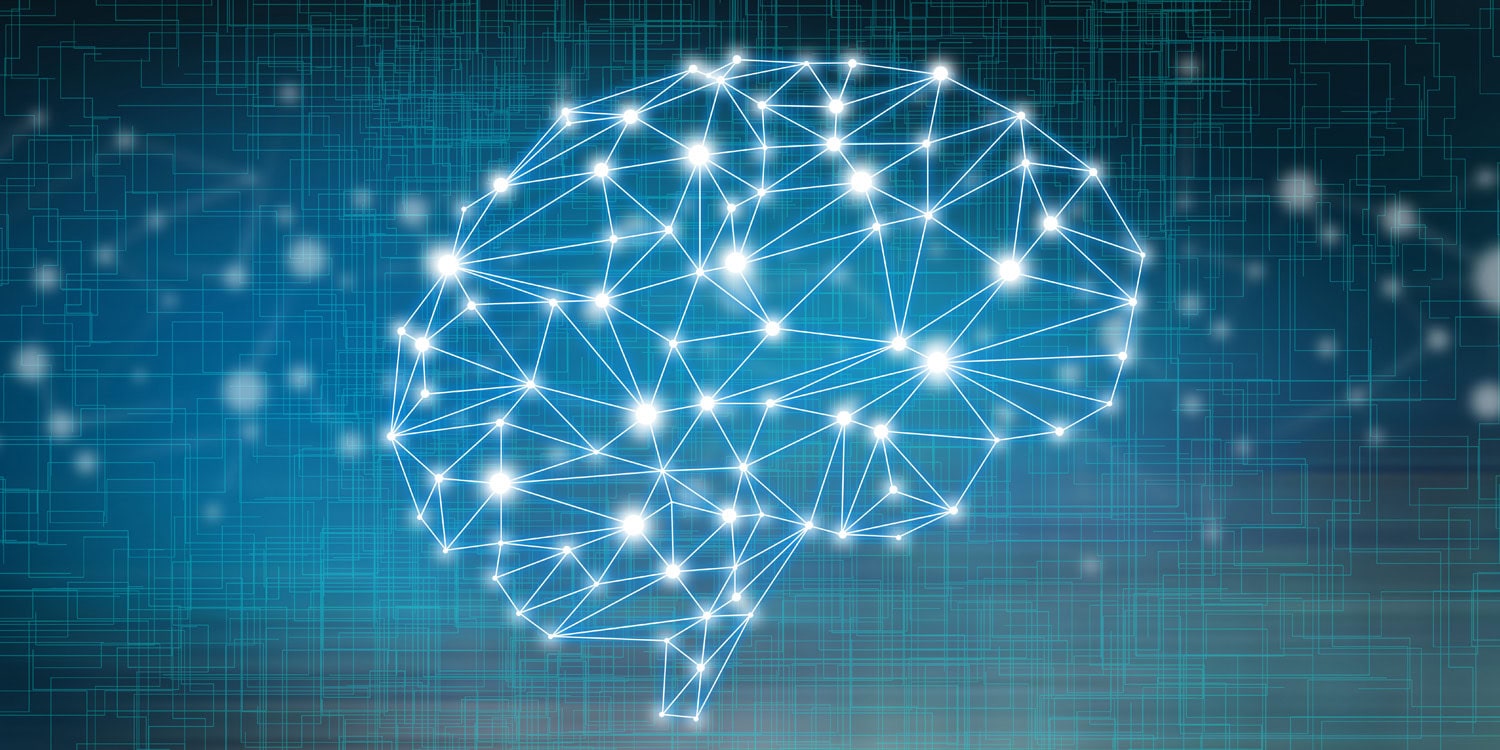A study recently published in Autism Research found that adults with autism process visual categories and generalize learned information differently compared to neurotypical adults. While individuals with autism can learn and apply visual categories, they do so more slowly, exhibit unique brain activity during learning, and face challenges when generalizing to new shapes. These findings suggest that differences in neural processing, particularly in handling prediction errors, underlie these variations and may relate to symptoms such as difficulty with uncertainty.
Categorization and generalization are critical for navigating complex environments. These cognitive processes allow individuals to group similar stimuli and apply learned information to new contexts. Previous research indicates that individuals with autism experience challenges in these areas, potentially due to an atypical ability to balance incoming sensory input with predictions. This mismatch may contribute to their difficulties in managing uncertainty and adapting to variability. The current study aimed to investigate how adults with autism learn and generalize visual categories and to uncover the neural mechanisms underlying these processes.
“I am interested in the potential differences in visual information processing in individuals with and without autism,” said study author Jaana Van Overwalle of KU Leuven. “In general, autism is still mainly seen as differences in social behavior. However, differences in information processing could explain why people with autism differently process (visual) input and therefore might also react in an atypical way.”
The researchers recruited 38 adults with autism and 38 neurotypical adults matched for age, gender, and intelligence. Participants with autism had a formal diagnosis and no additional neurological or psychiatric conditions. To explore how these groups learned and generalized visual categories, the researchers designed a task involving abstract shapes that varied along two dimensions: aspect ratio (width-to-height) and curvature.
During the experiment, participants first completed a training phase. They were shown shapes on a computer screen and asked to categorize them into one of two groups, using feedback to improve their accuracy. Electroencephalography (EEG) was used to record participants’ brain activity during this phase, focusing on electrical brain patterns known as event-related potentials that reflect responses to stimuli and feedback. Following training, participants were tested on their ability to generalize what they had learned to new, slightly different shapes and to an entirely new set of shapes.
“The main takeaway from the study is that adults with autism can process visual information (i.e., visual categories and generalize) just as neurotypical individuals do,” Van Overwalle told PsyPost. “However, we found some key differences in the way individuals with autism do so.”
In particular, the researchers found that adults with autism were slower to learn the visual categories during the training phase. This delay was not due to differences in the strategies they reported using but instead reflected differences in neural activity during learning. Their brains showed altered responses to errors, suggesting that prediction error processing—the ability to use feedback to update understanding—was less efficient.
“Individuals with autism require more time to learn new categories and apply them in the correct way,” Van Overwalle said. “This altered behavior is reflected in atypical neural signals.”
When it came to generalization, individuals with autism could apply their learning to shapes that were similar to the training examples but struggled more than neurotypical participants when faced with novel shapes. This reduced ability to generalize was especially pronounced for shapes that required a more holistic interpretation of visual features, such as aspect ratio.
“While individuals with autism were able to generalize the categories they learned earlier to similar shapes as well as neurotypicals, they had more difficulties when generalizing to novel shapes compared to neurotypicals,” Van Overwalle explained.
Neural data supported these behavioral findings. Adults with autism exhibited atypical patterns of brain activity, particularly in regions associated with visual processing and feedback evaluation. For example, the N1 component, linked to early visual categorization, was weaker and less lateralized in participants with autism. Additionally, the P300 component, which reflects attention and evaluation of feedback, was delayed and exhibited increased frontal activation in autistic individuals, suggesting a need for greater cognitive resources to process errors.
“We found a distinct difference in neural processing of feedback in autistic individuals during category learning,” Van Overwalle said. “I was particularly surprised about the differences in the neural processing of feedback (i.e., more frontal activity) in individuals with autism.”
But as with all research, there are some limitations. The EEG data was collected from a subset of participants, which may reduce the generalizability of the neural findings. Additionally, the experiment focused on rule-based learning, which may not fully capture other types of categorization processes, such as those involving intuition or integration of complex information.
“Because of practical issues during the COVID pandemic, we were only able to collect neural data on a subgroup of the recruited participants,” Van Overwalle noted. “A new study should increase the number of the participants during neuroimaging and maybe functional magnetic resonance imaging (fMRI) would also be an interesting step to further investigate the neural differences during learning and feedback processing between individuals with and without autism.”
“Autism is a neurodevelopmental condition. When information processing occurs differently from a young age, individuals with autism will show an altered cognitive and social development. This is why, we are currently investigating category learning in toddlers (3-5 years) with and without autism. This would enable us to pinpoint the precise challenges during a critical developmental period. A next step would be to investigate under which circumstances children with autism excel during information processing and learning.”
The study, “Altered category learning and reduced generalization in autistic adults,” was authored by Jaana Van Overwalle, Stephanie Van der Donck, Birte Geusens, Bart Boets, and Johan Wagemans.




